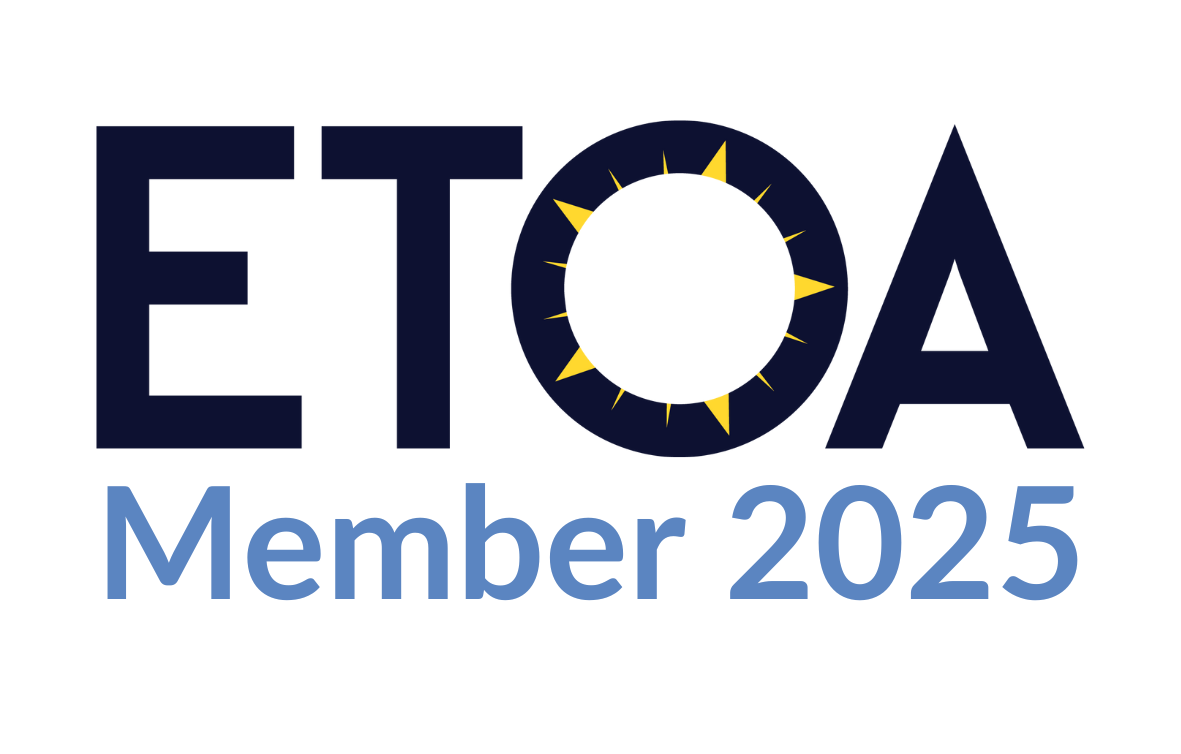Weaving tradition
THE ROMANIAN WEAVING
In the sixth millennium BC, the first hand looms appeared. Romanians take special precautions to maintain their traditional craftsmanship. To create the pieces with the remarkable themes, numerous procedures were required, and with the weaving on loom, there were carpets and rugs, blouses, veils.
Women have been weaving as a tradition in Romania from the beginning of time. They were the ones who raised flax and hemp, two raw materials frequently used to produce garments, on tiny plots of land.Wool is an essential raw resource that was previously shorn from sheep (a task primarily performed by men, though women may also contribute), spun, and then dyed until it was the ideal yarn for use in military work such crops. A unique wheel was used to twist goat hair, which is coarser than sheep hair.After the raw materials were collected, processing them remained the responsibility of the women. Wool was placed in the forks and spun. The fork was held between the knees, anchored in the crotch, or supported by a stool in the majority of the country for spinning wool.The thread is removed from the hemp or wool basket with the left hand, twisted with the right hand, and spun on the spindle. The thread's length and degree of twist are set by the final position. Either the threads' original hue or one that had been dyed was used.Plant breeding was a significant source of colour inspiration as well as a supply of natural treatments. A new crop was harvested because the plant supplies were not always enough to colour all the threads. Each time the yarn is dyed successively, a different tone is added to it. They utilised the plants to dye the fabrics such as: dill, mint, and nettle for black; bramble, walnut, cherry, and mulberry husks for brown; willow vine for dark burgundy; nalba for light grey; onion leaves for yellow and cream; lily for violet; and sunflower for sand colour.
The carpets and rugs from Oltenia are a true representation of the traditional Romanian craft. They are handmade from cotton and linen, and they are entirely painted and sewn by hand. The Oltenia items are remarkable because they qualify as the only works of popular European art to include stylized drawings of people, flowers, and animals in addition to geometric designs. While the mother's grace for this vocation was passed along to the children, modern generations are less interested in culture along with all that it involves, including traditional occupations.
The IE, Women's blouses, created traditionally by hand from the finest linen or cotton threads, were required clothing in essentially every household over the entire country. Proud owners would show their women's blouses to visitors or hang them on the walls as an item of interior decoration.Peasant ladies used to wear the blouse on special events like weddings and christenings. Young women in both rural and urban areas of Romania still enjoy wearing ie as a symbol of tradition, freedom, beauty, and connection with past generations.
The most important feature of the traditional female clothing in Romania is the veil (or "marama").It was traditionally worn in the summer as a protection against extreme heat. Maramas are still worn in Romania's countryside nowadays, but they are more frequently seen in urban areas as decorative items that are hung on walls to complete elegant interiors. Traditional Romanian cojoc is made with technique that dates back to ancient times. The Geto-Dacian era's burial monuments attest to the early occupation of the cowhands (coriarius). The cojoace are primarily utilised in folk costumes today since this art is quite rare. Leather cojoace that have been sewed and embellished are now highly appreciated festive attire for significant occasions.




.png)




